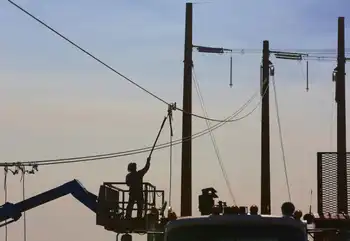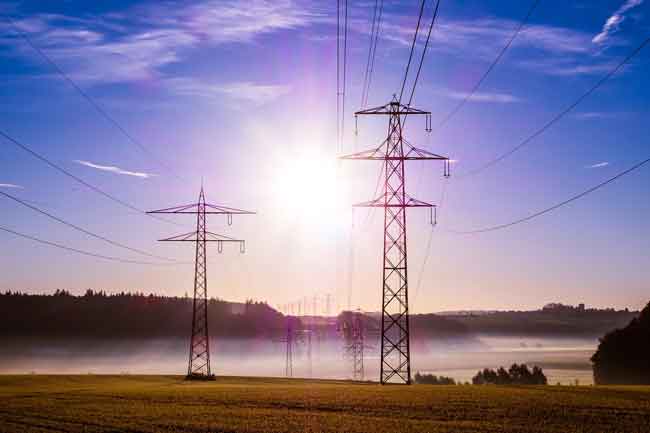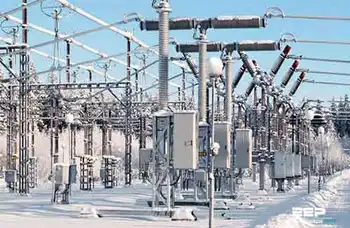BC Hydro agrees to compensate St'át'imc
By Globe and Mail
NFPA 70b Training - Electrical Maintenance
Our customized live online or in‑person group training can be delivered to your staff at your location.

- Live Online
- 12 hours Instructor-led
- Group Training Available
He didn't know the name of the native people whose reserve he'd be helping put a canal through.
Now, after almost two decades of negotiations, the province and BC Hydro have signed a reconciliation pact worth more than $200-million. And Mr. Sultan, a government MLA, knows who the St'át'imc people are.
The final agreement still has to be ratified by members of the 11 bands in the region, representing about 6,000 members of the St'át'imc. If approved, it will provide money for a trust fund, spread over 99 years, to compensate for the damage done to the communities and the environment when a series of three hydroelectric power projects - the first dating back to the 1920s - were built in their collective backyard.
In some cases, quite literally.
"It's kind of an embarrassing story to confess, to transport yourself back to the mindset of 50, 60 years ago," Mr. Sultan said. For the Seton Lake project - one part of the Bridge River system - the private company he was working with built a canal across one of the Indian reserves.
"There was an older chap, named Moses this canal would cut across his vegetable garden in his backyard. So the BC Electric Company hired Moses to work on the project. His job was to stand there as these huge haul trucks roared up the dirt road, and he watered down the dust. Day after day, he held his hose and watered down the road."
Mr. Sultan can remember no other native people working on the project. The workers weren't encouraged to talk to them. The Bridge River system was built by the private sector but would eventually come under the control of BC Hydro when the province's hydroelectric power was nationalized.
The project was hugely important to B.C., supplying more than half the Lower Mainland's energy requirements when it was completed in 1960. Even today, the three dams, leading down to the Fraser River, produce about 5 per cent of BC Hydro's total capacity - that's roughly half the power that the proposed Site C megaproject on the Peace River would create.
Mike Leach, head of the St'át'imc Chiefs Council, grew up amid the construction in the 1950s. He remembers a time when he could see the bottom of pristine Seton Lake, before the engineers reshaped the rivers and lakes to push the turbines at four powerhouses. His favourite swimming hole was never the same, but the biggest impact on his community was the disruption of the salmon runs.
"Our elders said you could walk on the backs of the salmon from one shore to the other. Now, some years you get a run and sometimes you don't."
Chief Leach said the council is urging the community to support the proposed deal, which includes job-training opportunities for his people similar to the one Mr. Sultan once enjoyed.
"The first thing that will change is the relationship between ourselves and the government and BC Hydro will improve," he said. After generations of resentment over the dams and transmission lines that cross their lands, the St'át'imc are looking forward to a more respectful relationship.
The cash component is meant to be spread over generations, but they hope to start work on a new cultural centre that could help open up tourism opportunities, expanding on the projects that were built in Whistler in connection with the 2010 Winter Olympic Games.
Barry Penner, Minister of Aboriginal Affairs, said the power projects reflect the era in which they were built. "Unfortunately, five or six decades ago, little thought was given to the first nations people or the environmental impacts on fish and wildlife." The impact on salmon runs ended up emptying one village in the summer - their food supply had been wiped out.
"We don't do those kinds of things anymore."











